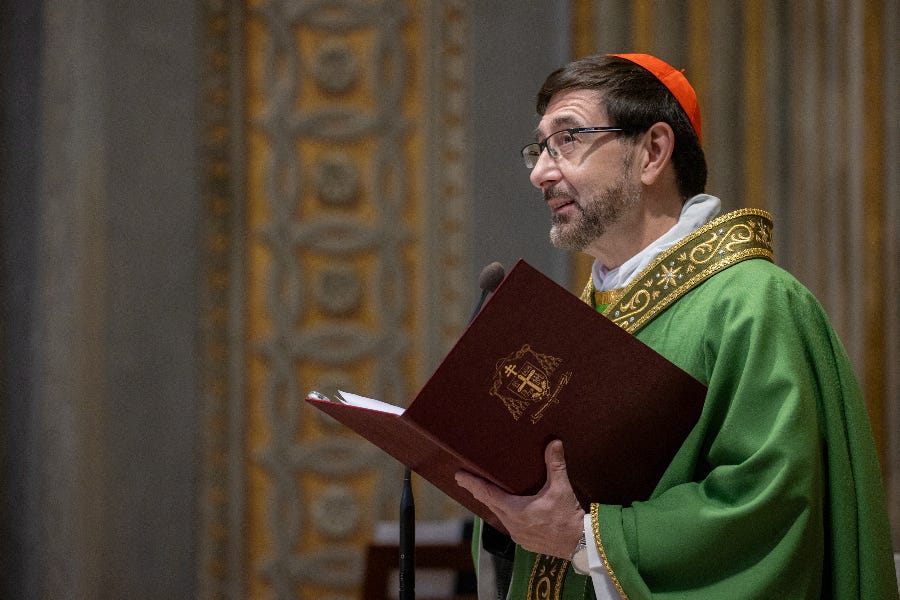Who will be Spain’s next bishops’ conference president?
Spain’s bishops gather in Madrid next week to choose a successor to Cardinal Juan José Omella Omella of Barcelona - so who are the runners and riders?
When Spain’s bishops gather in Madrid next week, they have an important task.
They must choose a successor to Cardinal Juan José Omella Omella, the Archbishop of Barcelona, who has served as bishops’ conference president since March 2020.

